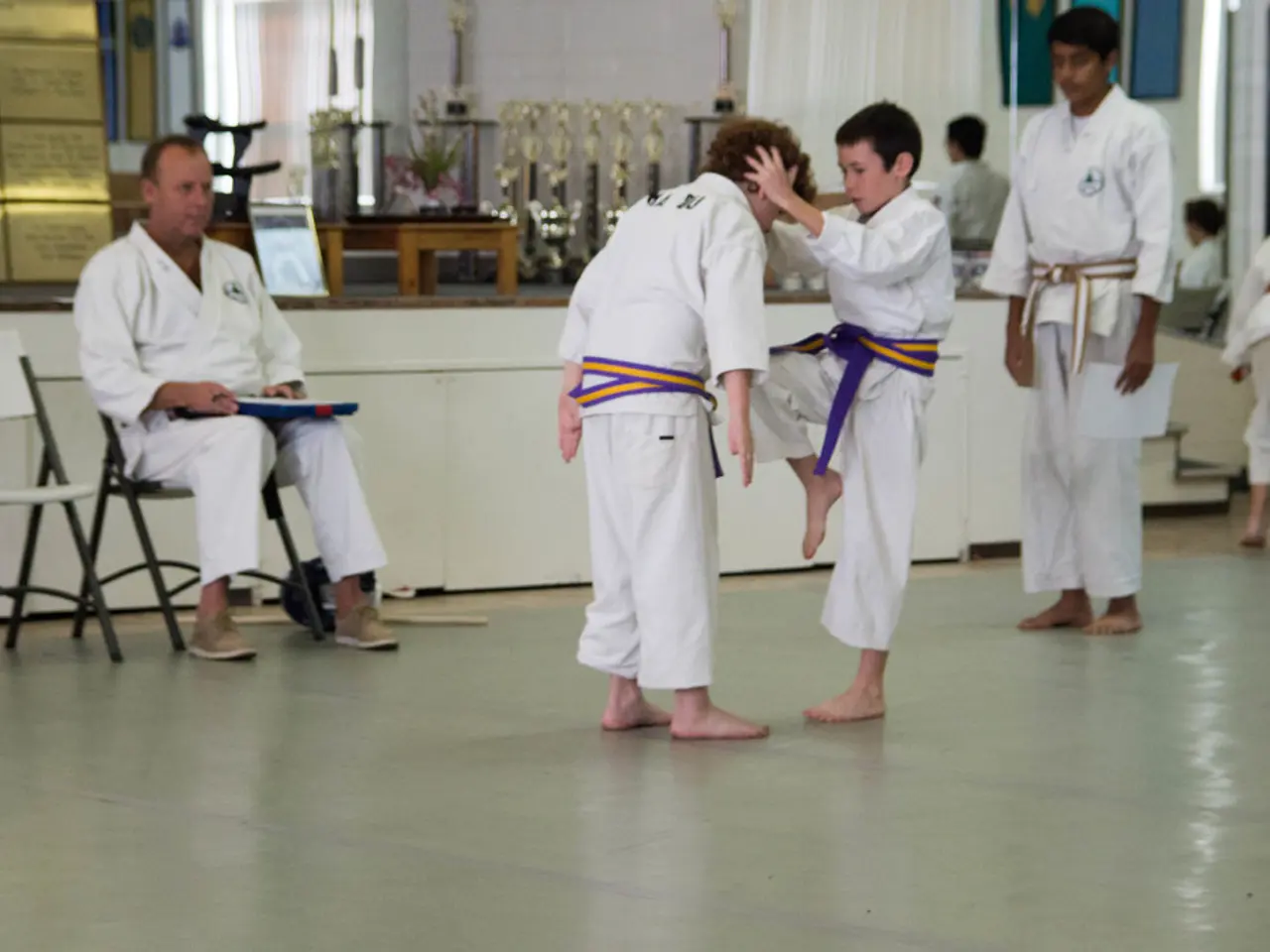Mathematical Mastery with the Abacus: Pre-Digital Era Calculations
=================================================================================
The ancient calculating tool, the abacus, and modern nootropics, such as Citicoline, Phosphatidylserine, Bacopa Monnieri, L-theanine + Caffeine, share a common goal: to enhance cognitive abilities.
The abacus, a calculating tool with beads on rods, has been used for over 2000 years in various cultures. Trained abacus users activate brain regions involved in visual-spatial imagery during mental math, not just traditional math areas. Abacus training can have cognitive benefits, including improving working memory and attention.
The abacus works by allowing users to perform addition, subtraction, multiplication, and division with a standard method of manipulating the beads. This method makes math more concrete and intuitive, boosting confidence, reducing math anxiety, and increasing the chance that students will enjoy and stick with numerical learning long-term.
The most well-known modern version is the Japanese soroban, which uses a base-10 system. Abacus training improves cognitive skills and brain development beyond math by enhancing inter-hemispheric communication between the brain's left and right hemispheres. This balanced brain activation strengthens neural pathways that support memory retention, concentration, problem-solving, emotional regulation, and creative visualization, leading to overall improved cognitive abilities and adaptive thinking.
Specifically, abacus use engages the left brain in logic, sequencing, and accuracy, while the right brain handles imagery, rhythm, and estimation. Repeated finger and mental interactions with the abacus foster new neural connections, which boost cognitive speed, attention span, and mental discipline. These benefits translate into better memory, listening skills, confidence, and even emotional control, contributing to life success beyond academic achievement.
In contrast, certain nootropics are substances that are purported to enhance working memory, attention span, and mental agility. These include Citicoline, Phosphatidylserine, Bacopa Monnieri, L-theanine + Caffeine. However, it's important to note that the scientific evidence for their efficacy varies, and they should be used responsibly and under the guidance of a healthcare professional.
The digital age may have replaced the abacus for arithmetic, but the brain it helped shape remains the ultimate calculator and one still worthy of training. Daily mental math, visual memory games, spatial puzzles, and visualization practices can engage the same cognitive mechanisms as abacus training.
The story of the abacus offers inspiration and instruction for those seeking to support a child's learning, stay mentally sharp, or understand how the mind works. Adequate rest, nutrition, hydration, and stress management are essential for sustained cognitive clarity. Modern tools like brain games and nutritional support can help tap into similar mental capacities developed through abacus training.
Advanced users can mentally visualize the movement of beads and perform calculations without the physical abacus, a method known as the mental abacus. Mental abacus training can be started as early as age 5 in some educational systems. Fast calculations with the abacus improve cognitive flexibility, enabling users to adapt to new rules and switch between different types of problems.
The benefits of abacus training extend beyond mathematical skills. Developing the mental abacus requires visual-spatial reasoning, working memory, and motor patterning. These skills are vital cognitive skills that can be developed through abacus training, but are also relevant in a modern context. They are essential for tasks such as mental visualization, short-term memory, and sustained attention.
In sum, both the abacus and nootropics are tools that can aid in cognitive development and enhancement. While the abacus is an ancient tool, its principles of engaging both hemispheres of the brain and fostering new neural connections remain relevant today. Similarly, while nootropics are modern substances, their potential to enhance cognitive abilities is a topic of ongoing research and debate. It's essential to approach both tools with an understanding of their benefits and limitations, and to prioritise overall brain health through adequate rest, nutrition, hydration, and stress management.
[1] Goldstein, E. (2014). The Brain That Changes Itself: Stories of Personal Triumph from the Frontiers of Brain Science. Penguin Books. [2] Merzenich, M. M. (2013). Soft-wiring the brain: How early life experiences influence brain structure and function. Trends in Neurosciences, 36(3), 167-174. [3] Stern, D. N. (2007). The wisdom of the brain: How the new science of brain plasticity explains the mysteries of the mind. Little, Brown Spark. [4] Zakay, D., & Tversky, B. (1996). The mental abacus: A cognitive model of mental arithmetic. Cognitive Science, 20(3), 205-241.
Data-and-cloud-computing technologies and traditional methods like the abacus share a common goal: fostering cognitive growth and enhancing learning. Adequate education-and-self-development in modern technology should also focus on personal-growth opportunities, such as enhancing working memory, attention span, and mental agility, much like abacus training or the use of certain nootropics.




